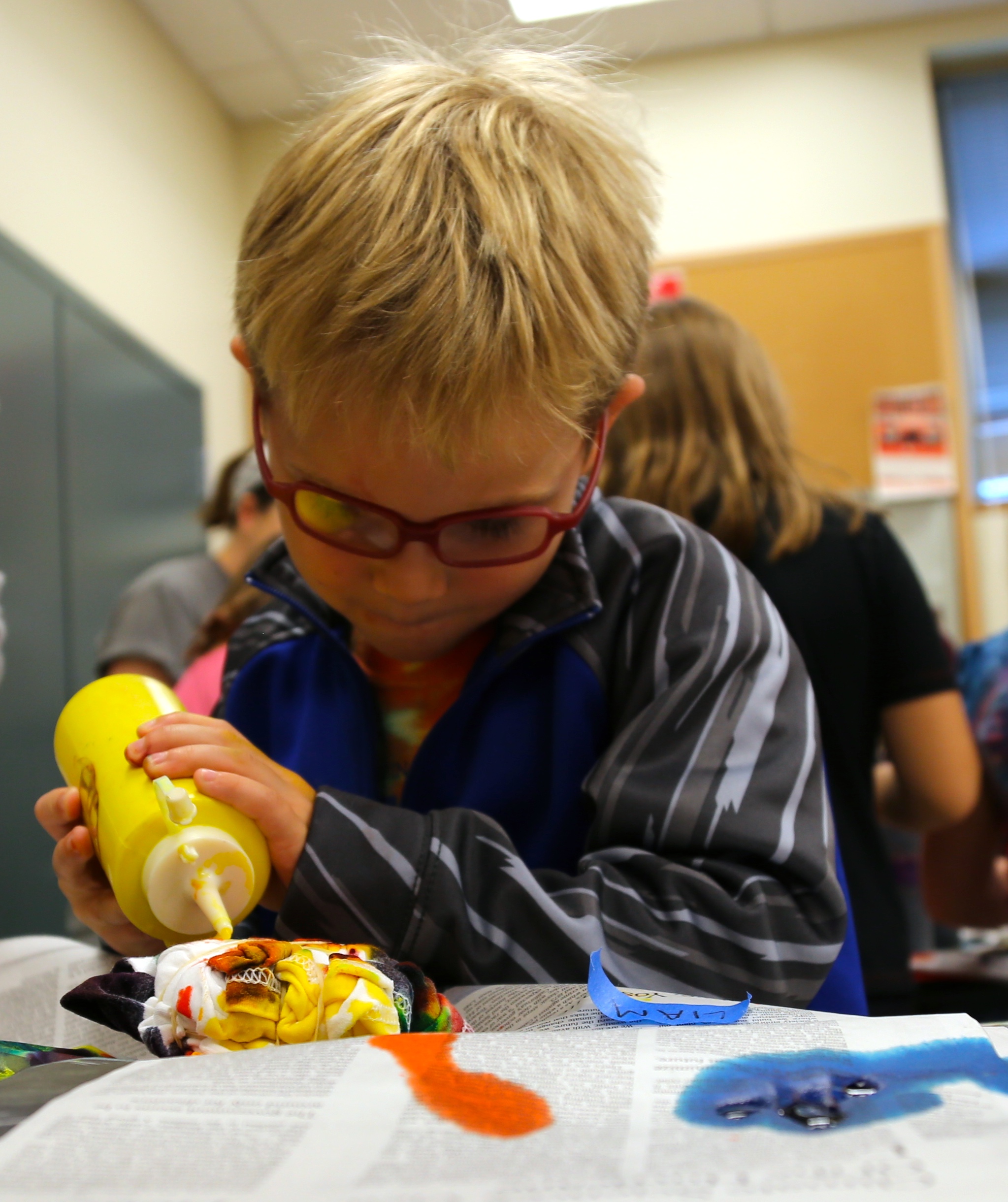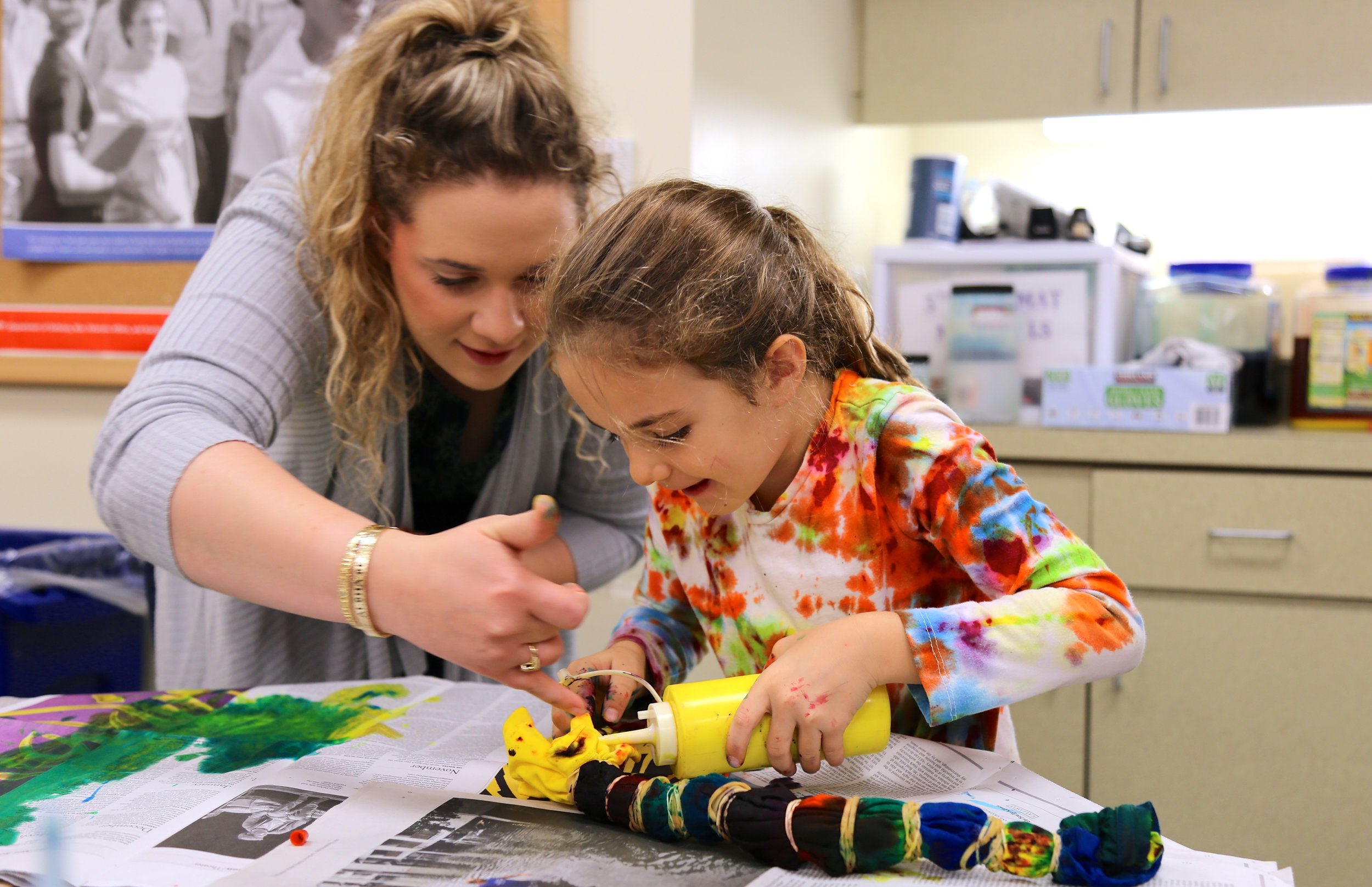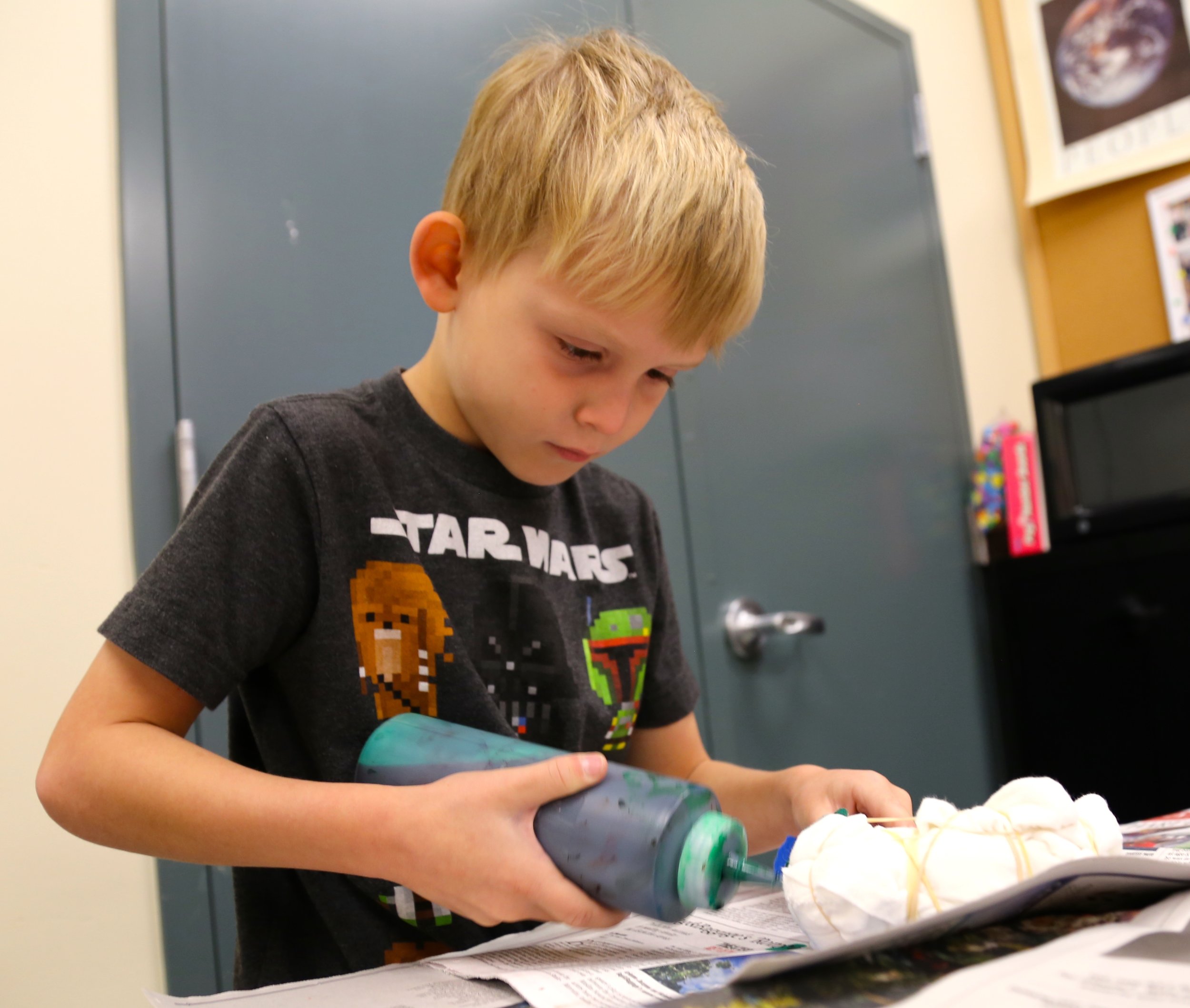Otter Observations
/Over the last couple weeks, we have been spending a lot of time making observations and investigating nature. Throughout our study of biodiversity, we have been documenting our observations in our nature journals by drawing pictures and scientifically labeling them. Most recently, we made observations of the insects in our classroom. We got to observe the praying mantises eat fruit flies, we identified clues that the cabbage butterflies were maturing, and even got to take turns holding the Luna moth! We enjoyed recording these experiences in our journals afterwards.
We have been focusing on learning more about plants and insects around our community. We have done this by exploring the biodiversity in our schoolyard and on Pacific’s campus. We have had fun going on nature walks, using nature guides to identify plants on Pacific’s campus, as well as participating in a nature scavenger hunt where we took pictures of the items we found using digital cameras. One way we have used these experiences and our observations during these activities outside as inspiration in the classroom is by building plants and insects out of Legos and pipe cleaners!
Another exciting thing we just finished is our plant investigations. In these investigations, we explored whether or not plants need sunlight and water to grow. Many of us hypothesized that they did and we tested that hypothesis by observing 4 different tomato plants: Plant #1 got sunlight and no water, Plant #2 got water and no sunlight, Plant #3 got sunlight and water, and Plant #4 got neither sunlight or water. Each day we measured our plants and recorded observations of their growth and appearance. Surprisingly we found that Pant #2 and Plant #3 both did fairly well, whereas many of us hypothesized that only Plant #3 would be healthy at the end of our investigation. This led us to question if water is more important than sunlight for plant growth. We also discussed how different kinds of plants have different kinds of growing needs. We celebrated the end of our plant investigation by planting our 4 tomato plants in the schoolyard and we can’t wait to taste the tomatoes that will eventually grow on them!
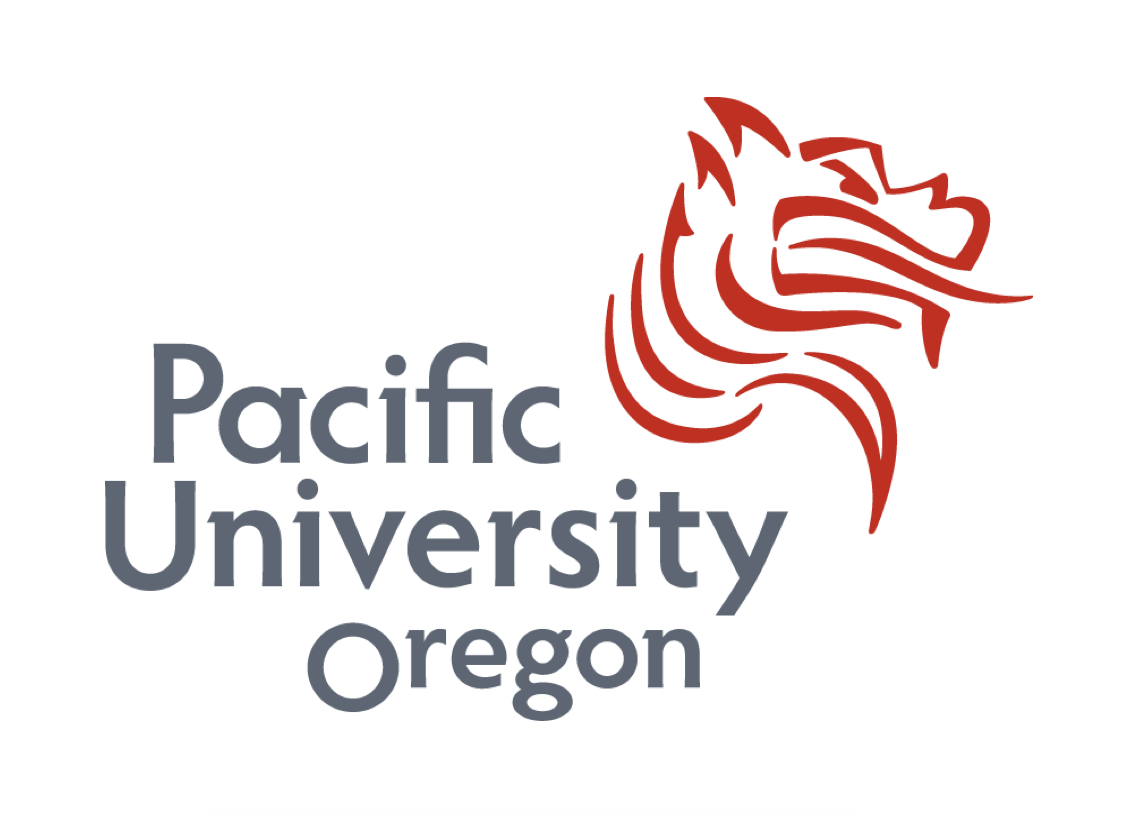





































































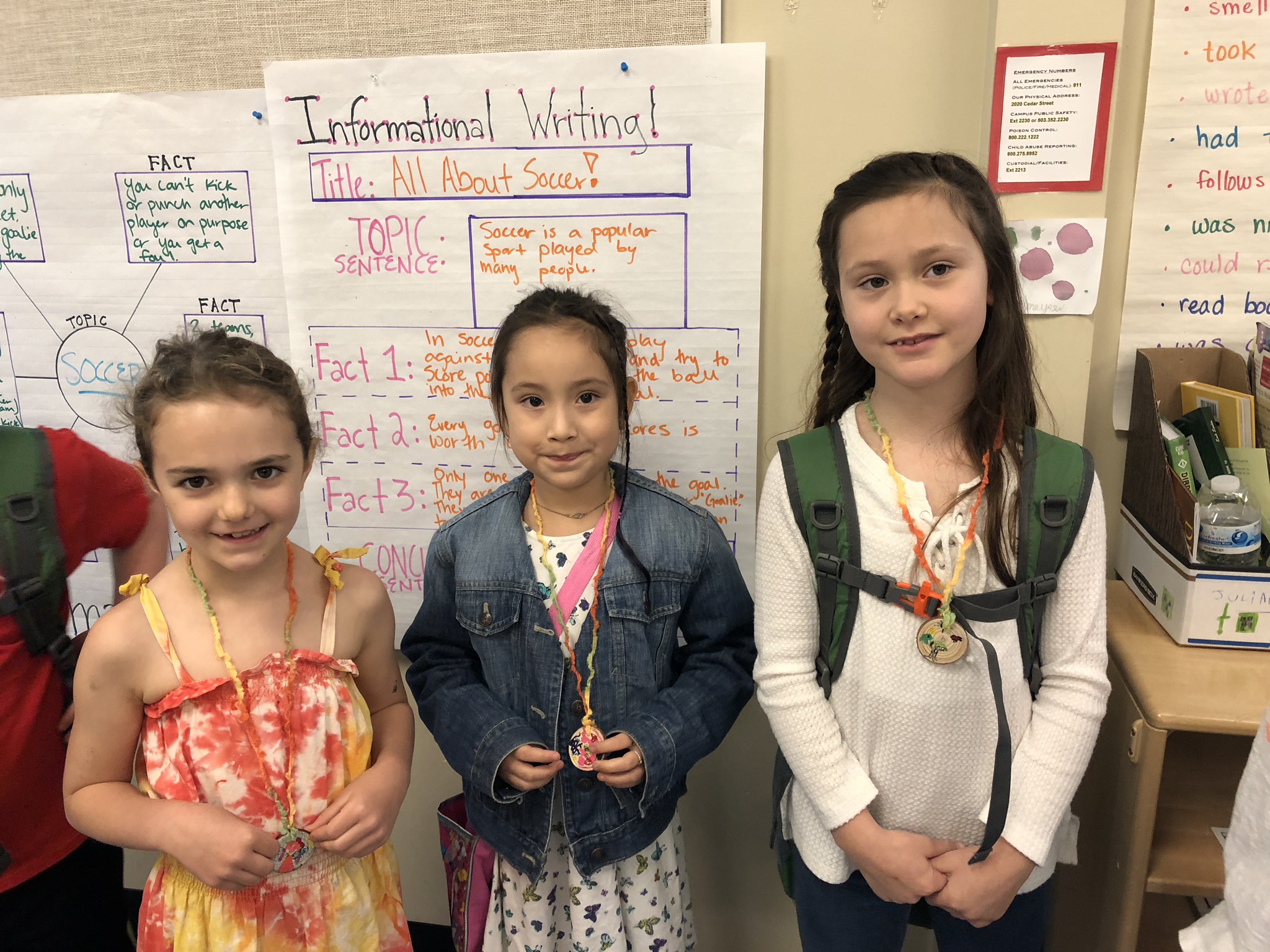


























































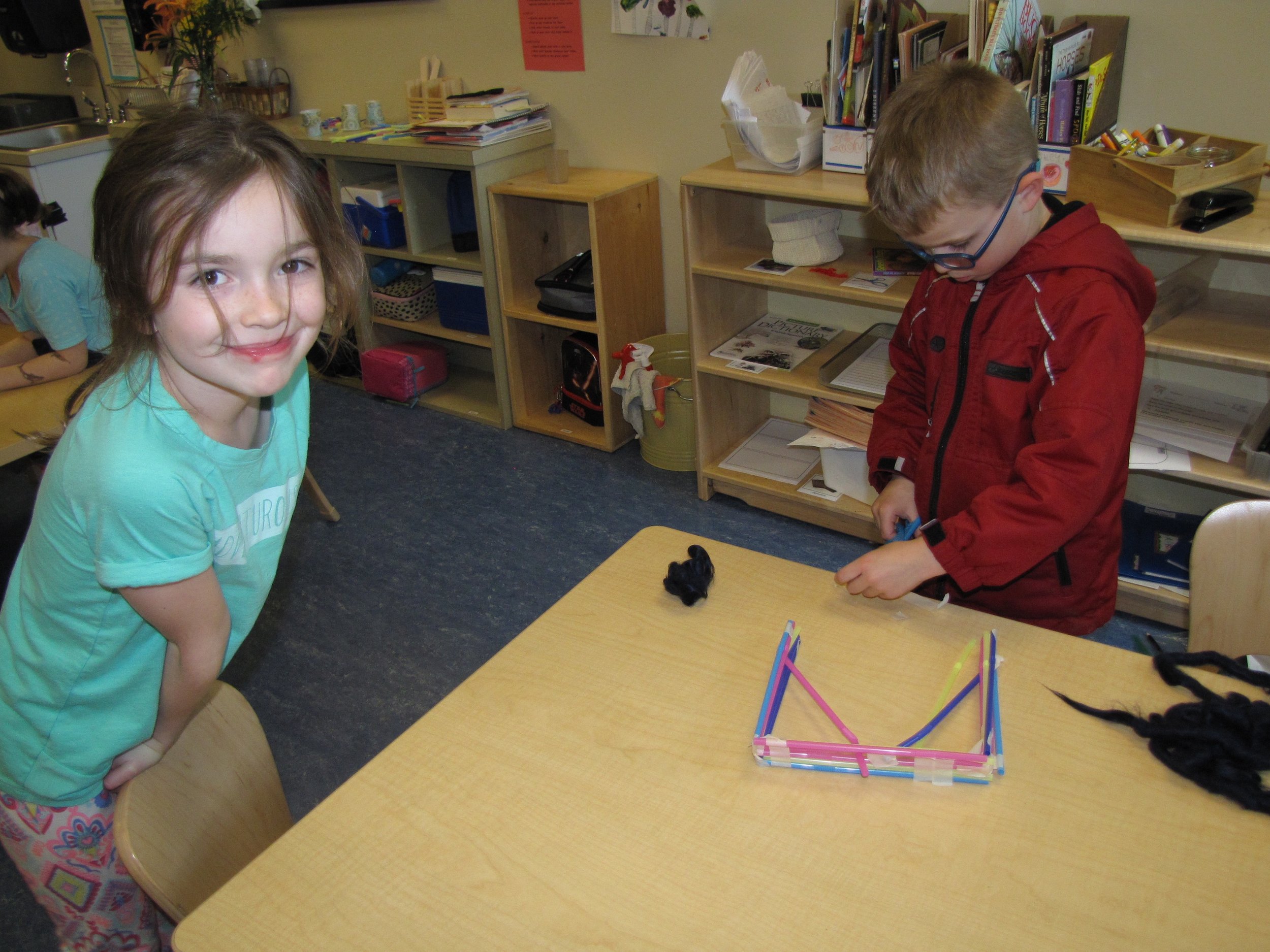





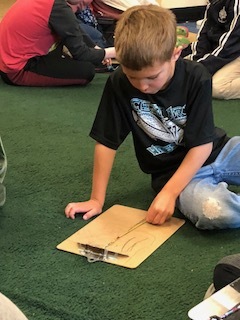













































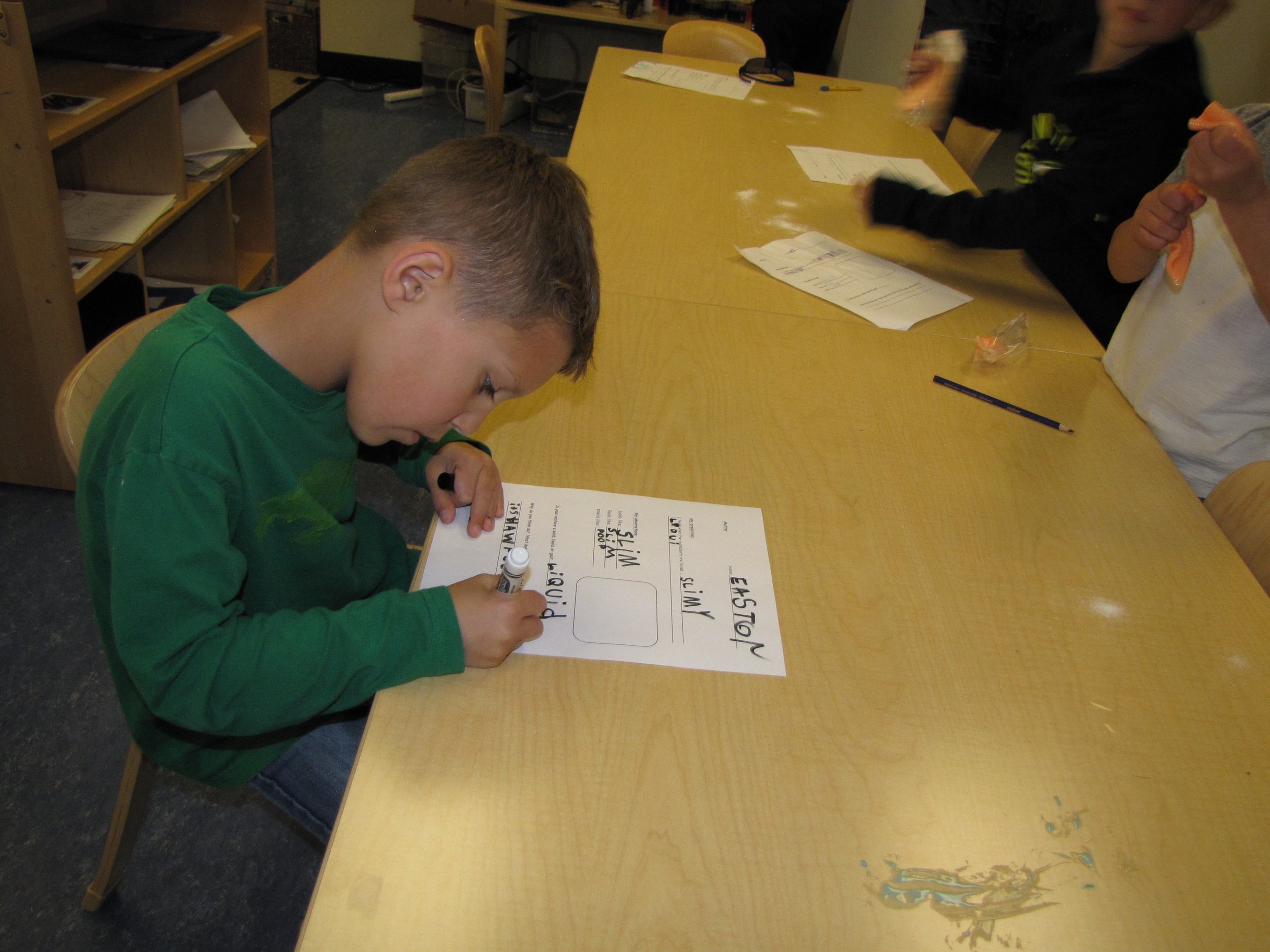






















































































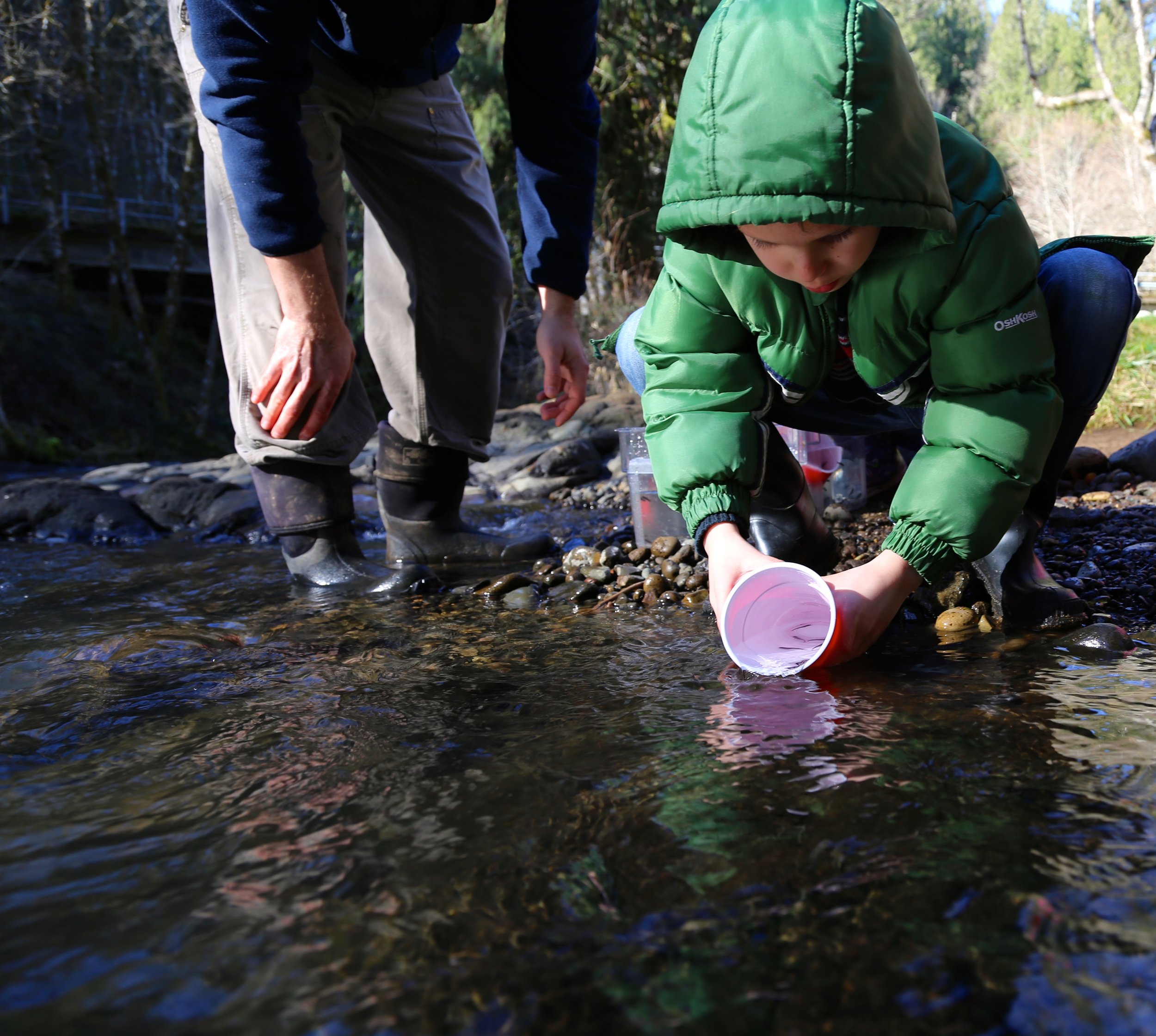




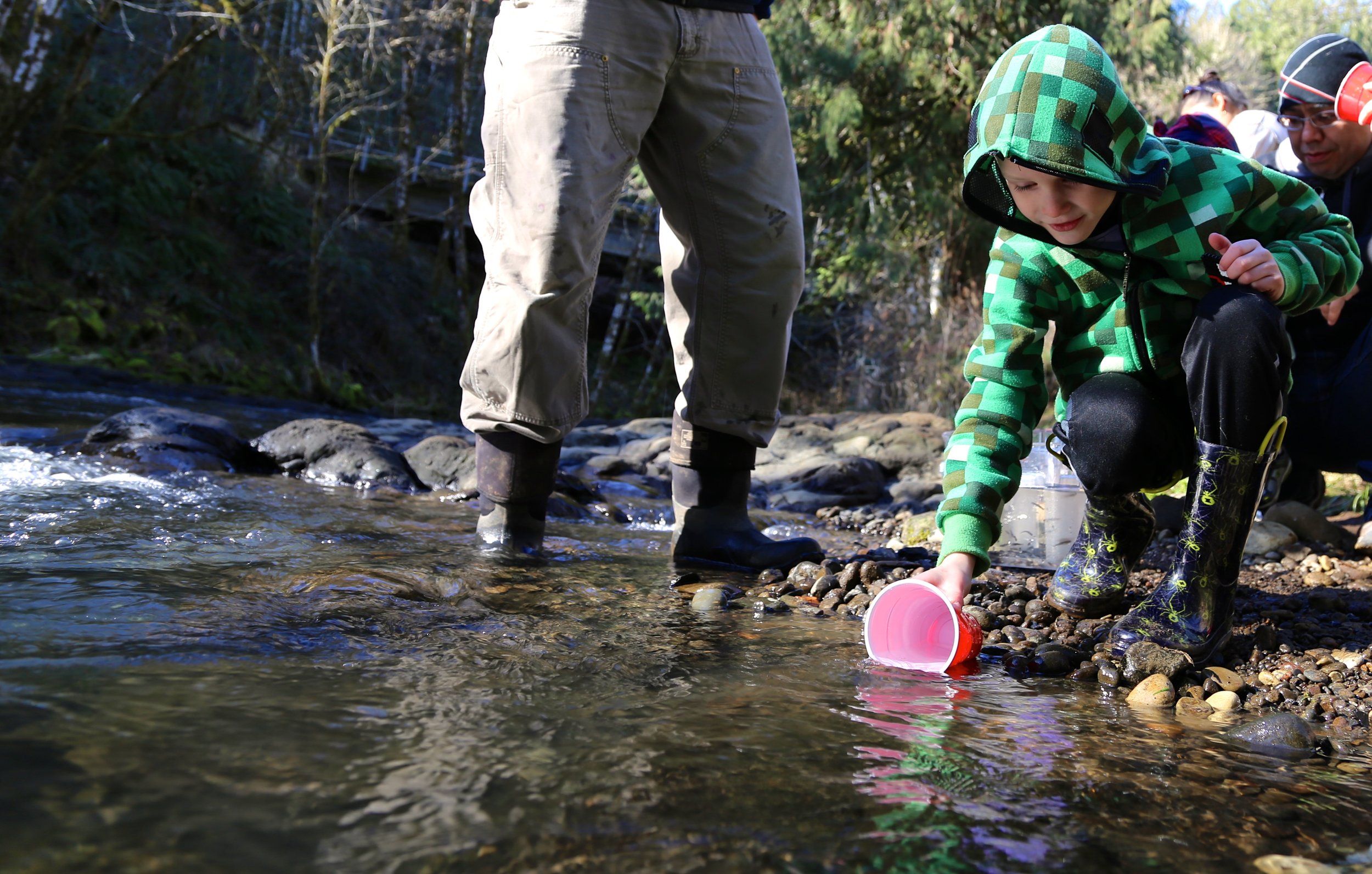






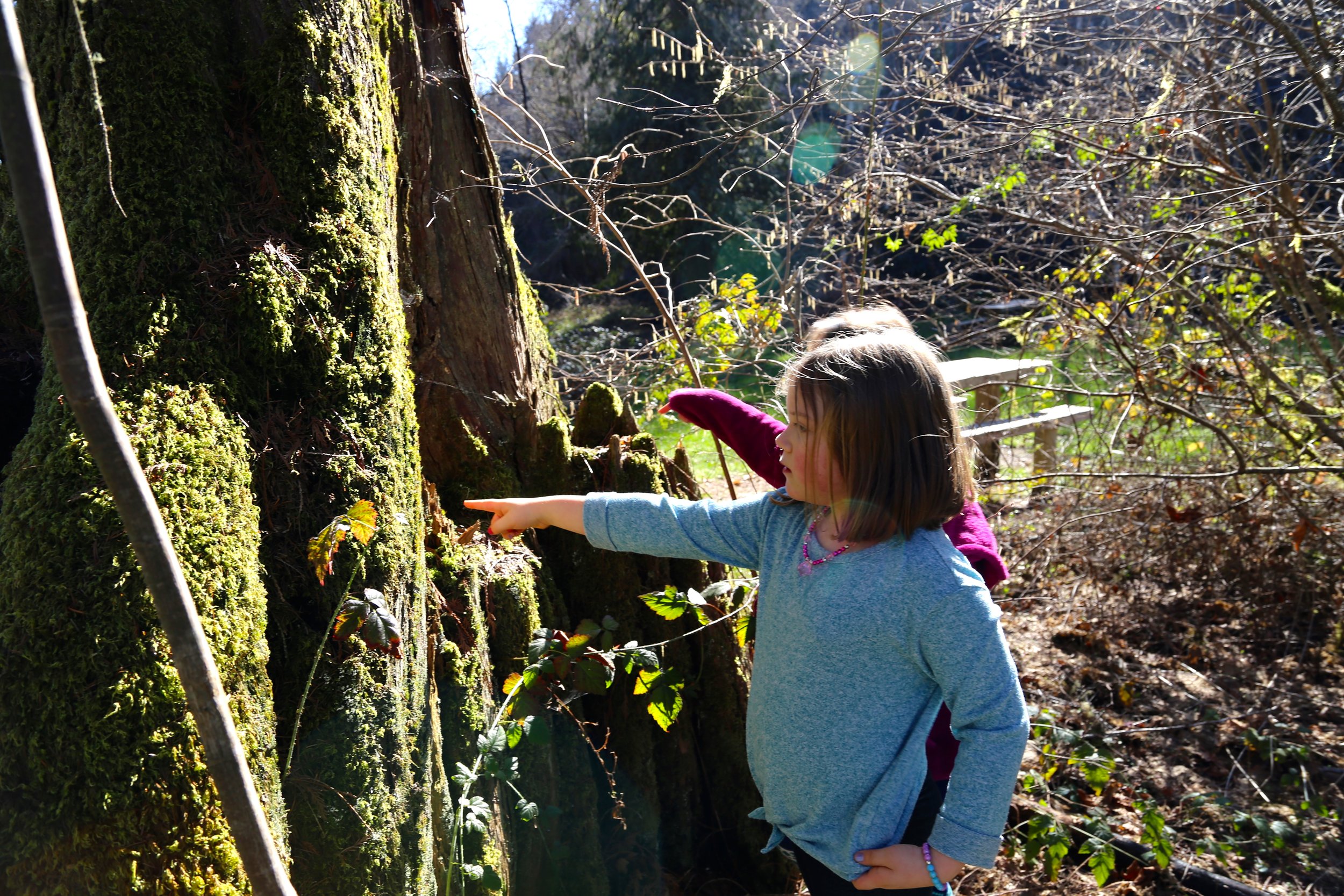






























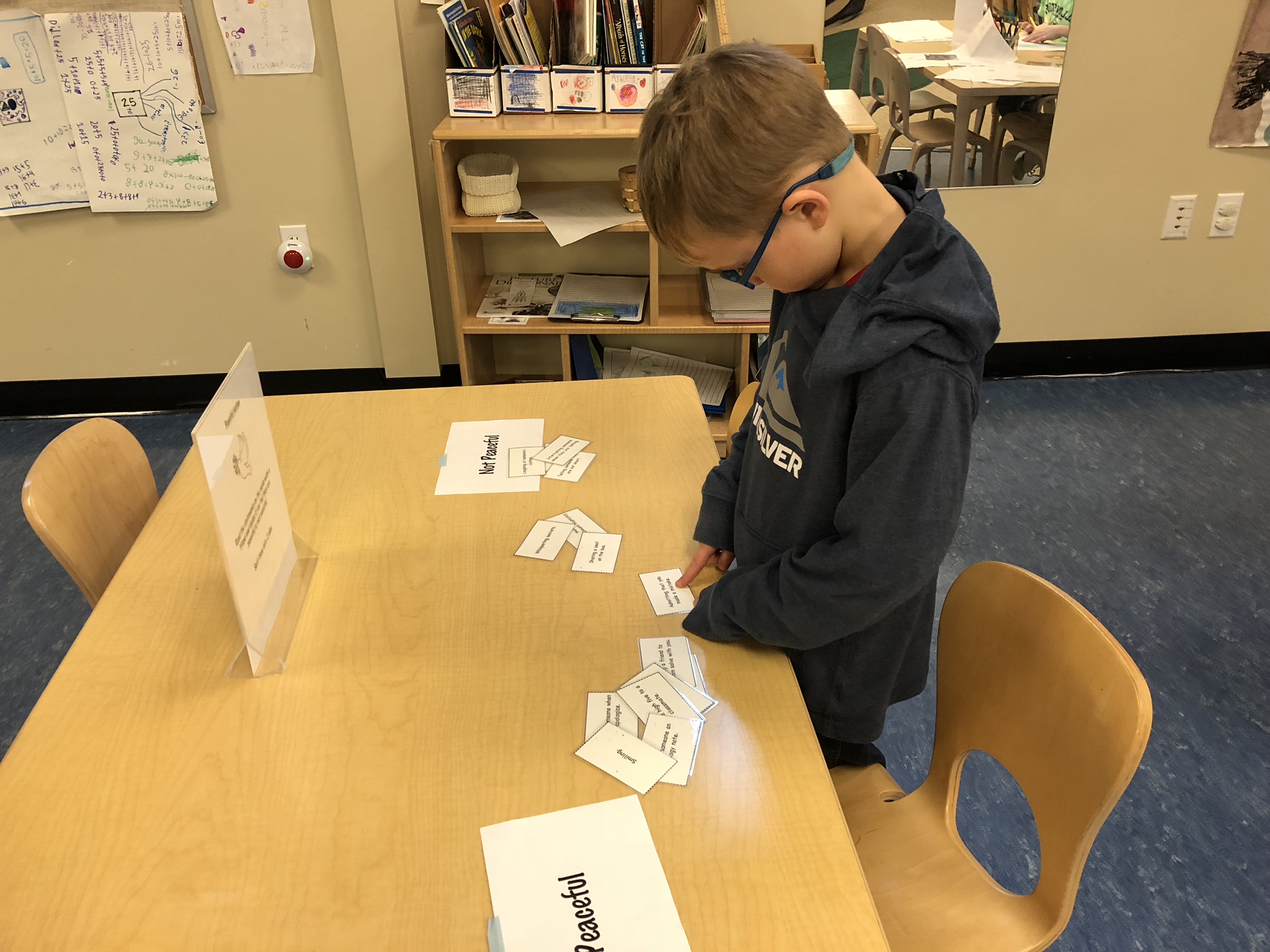






























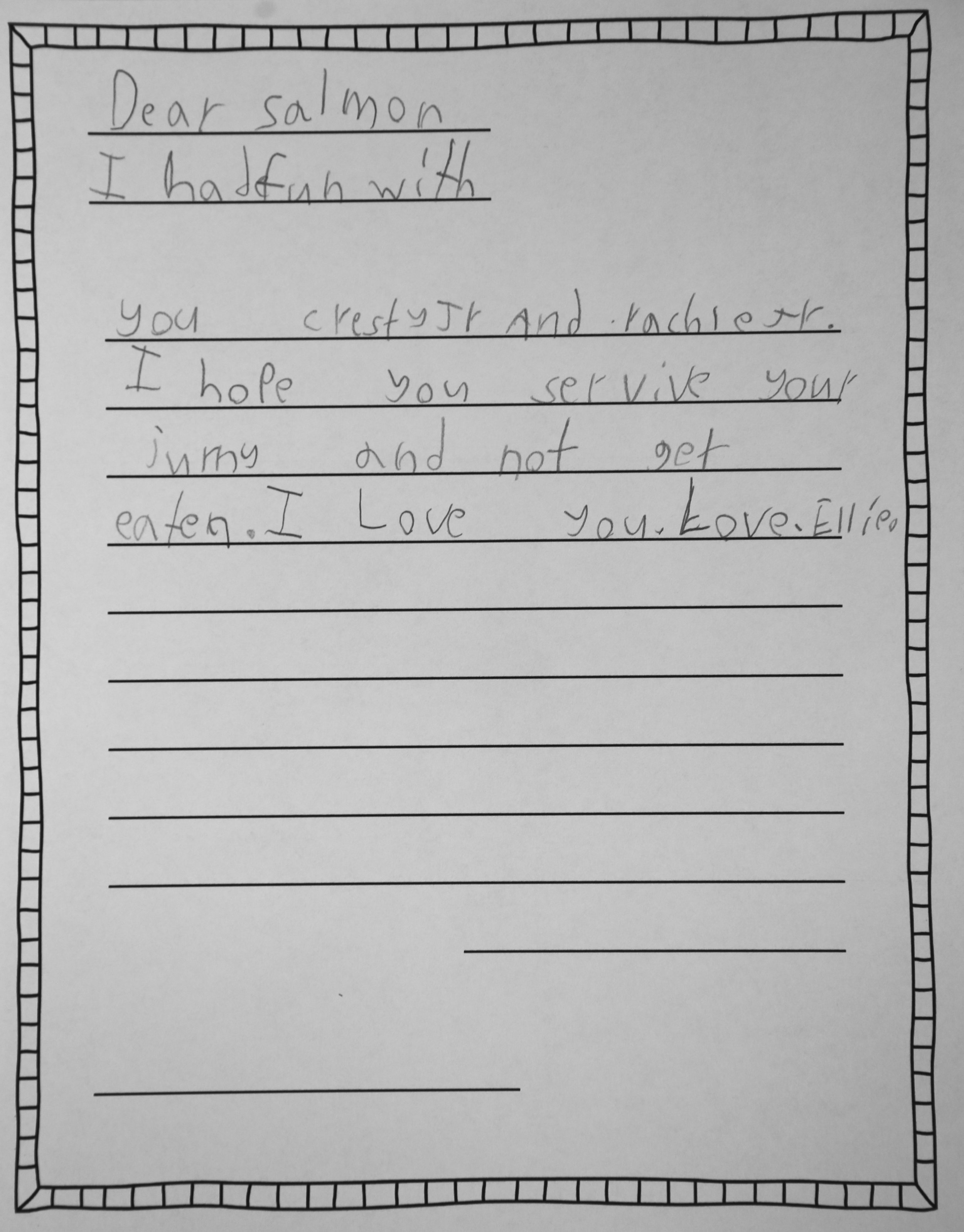




















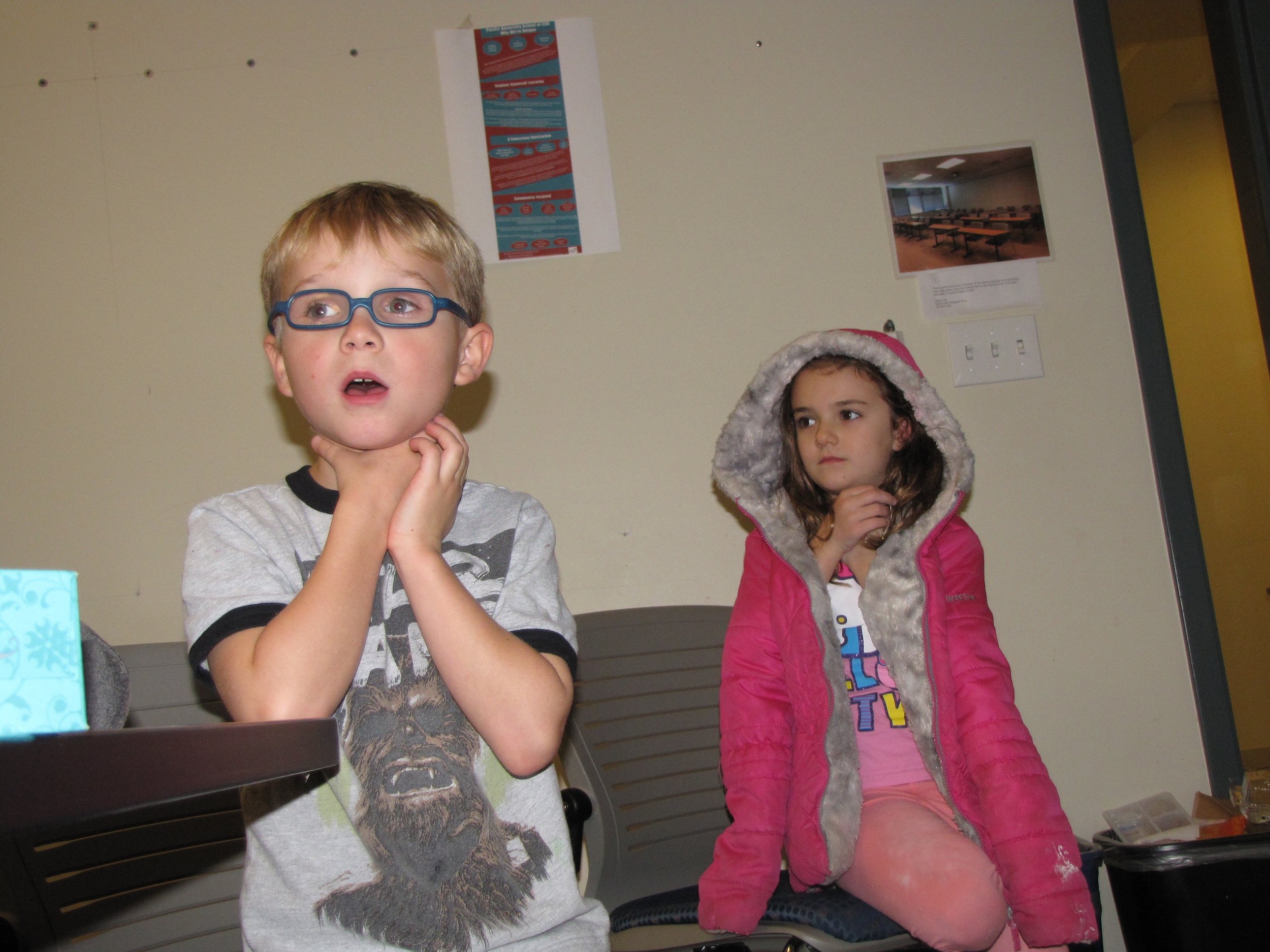





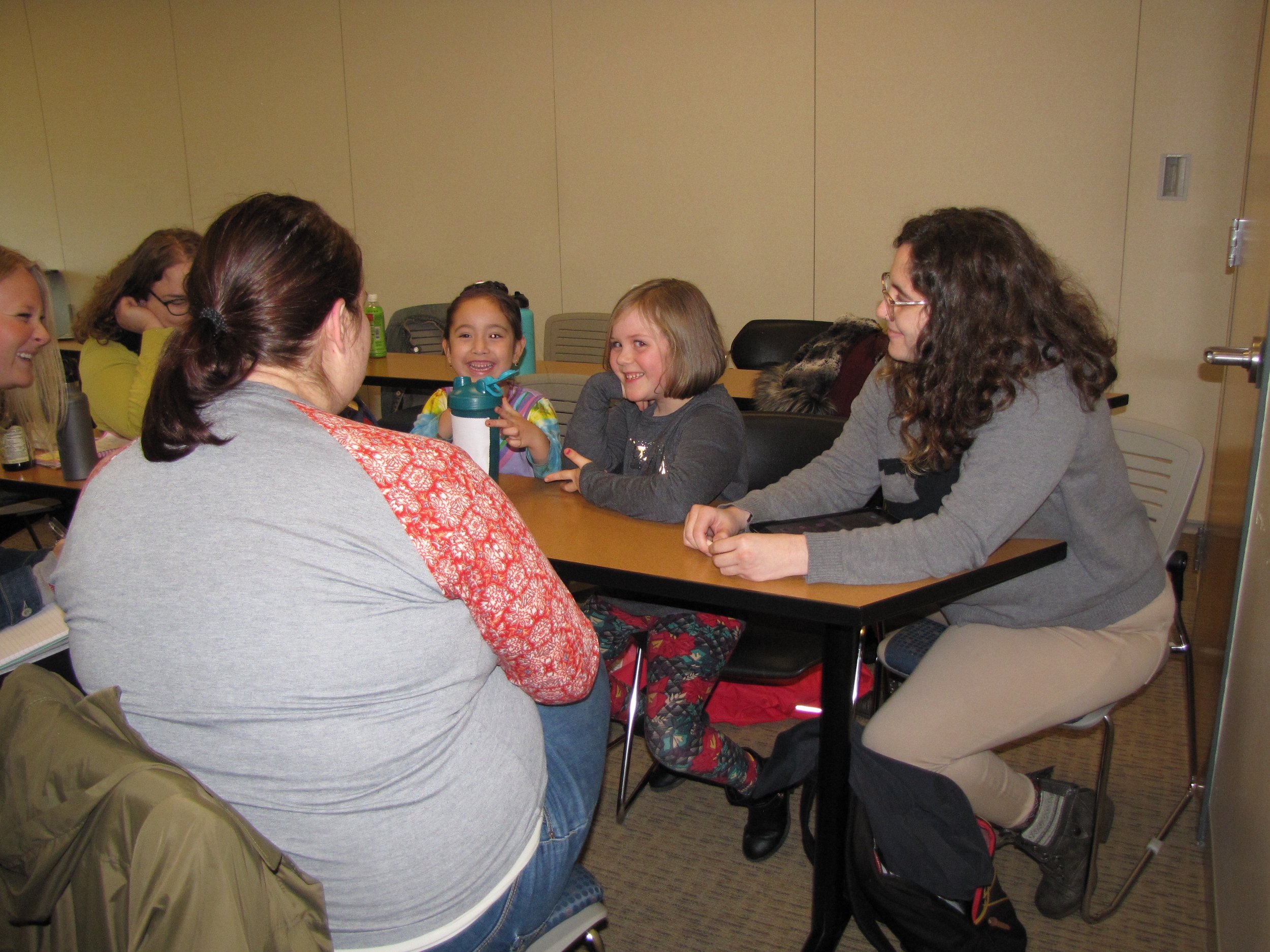





































































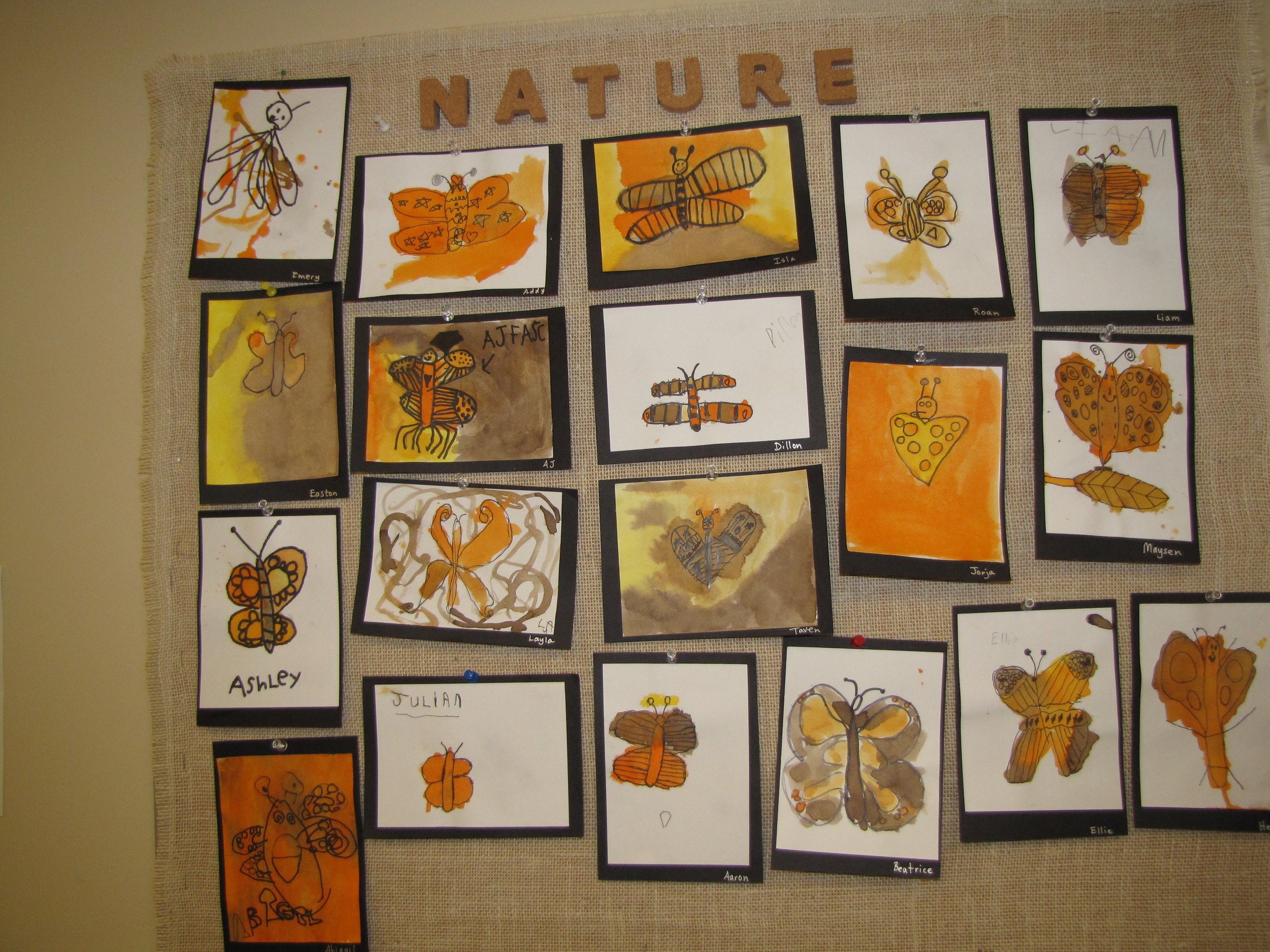



















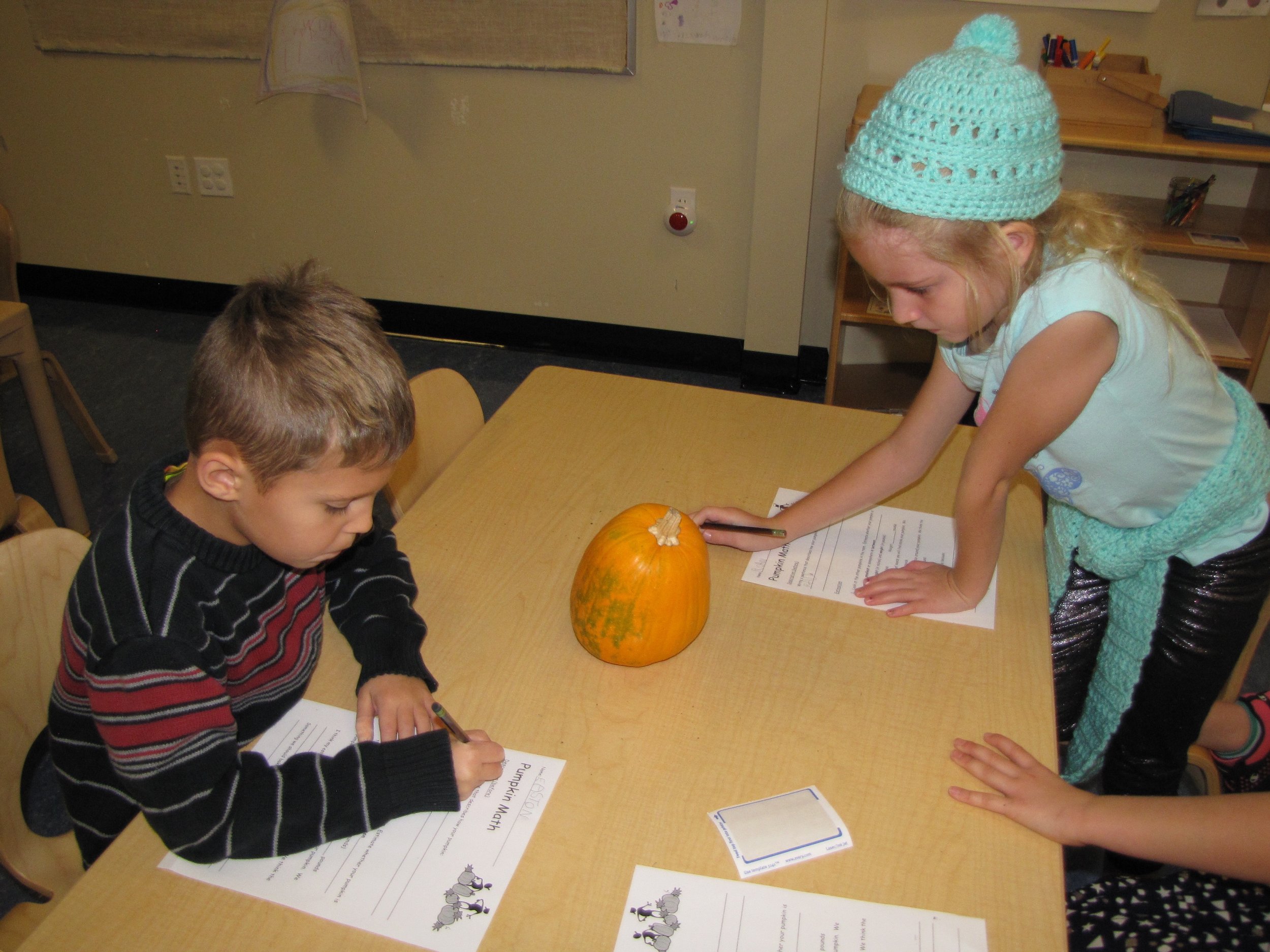
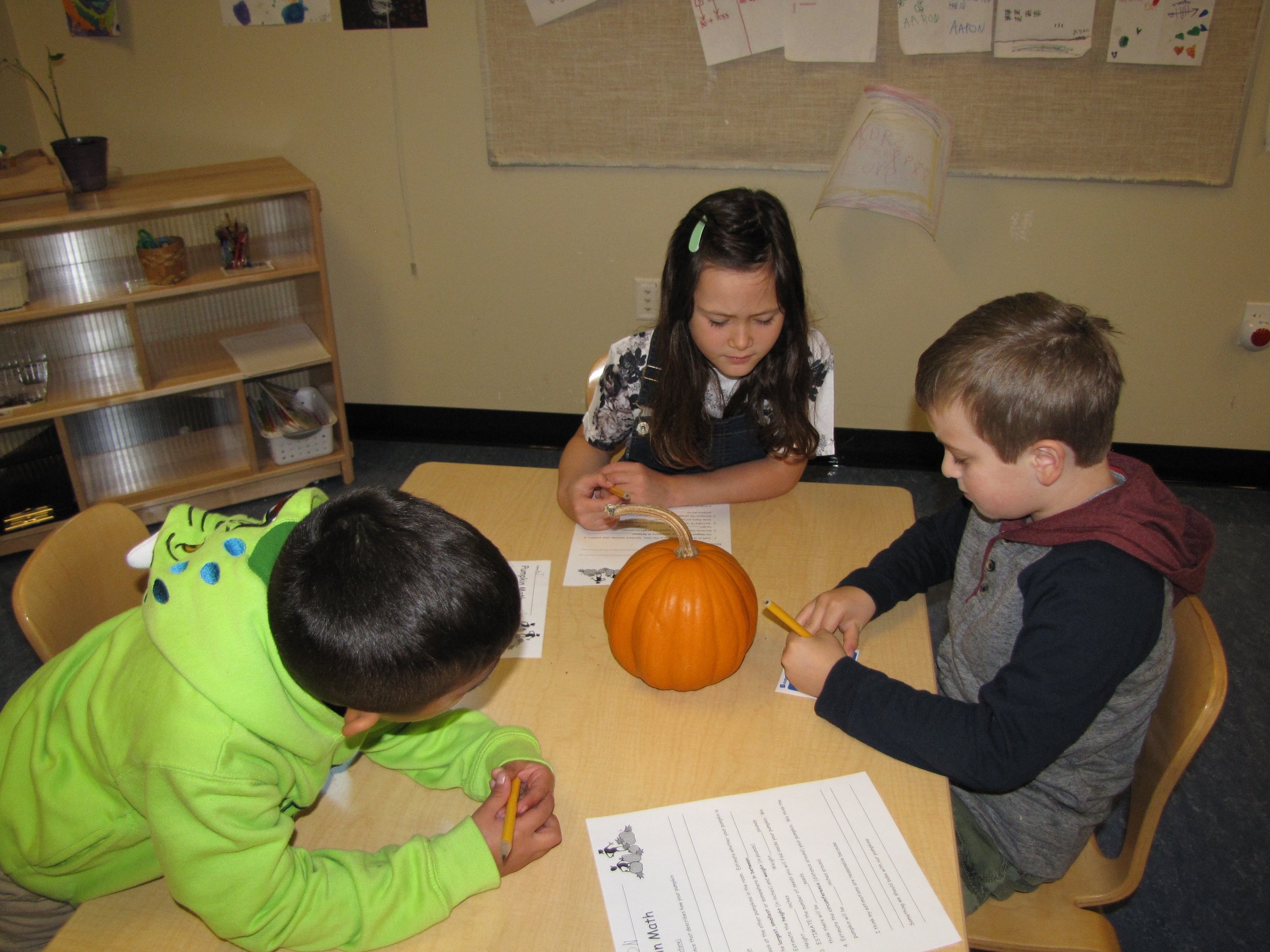









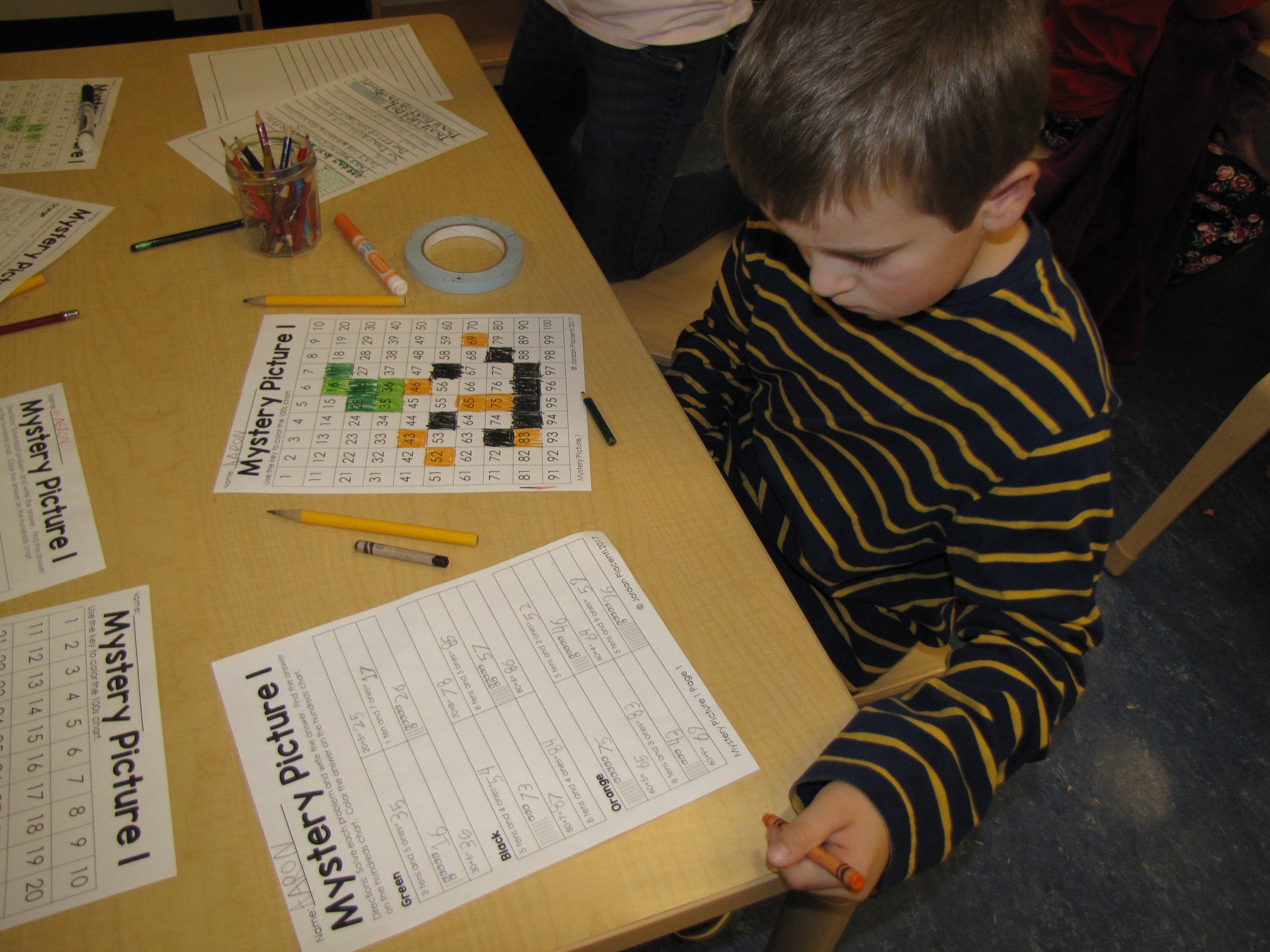







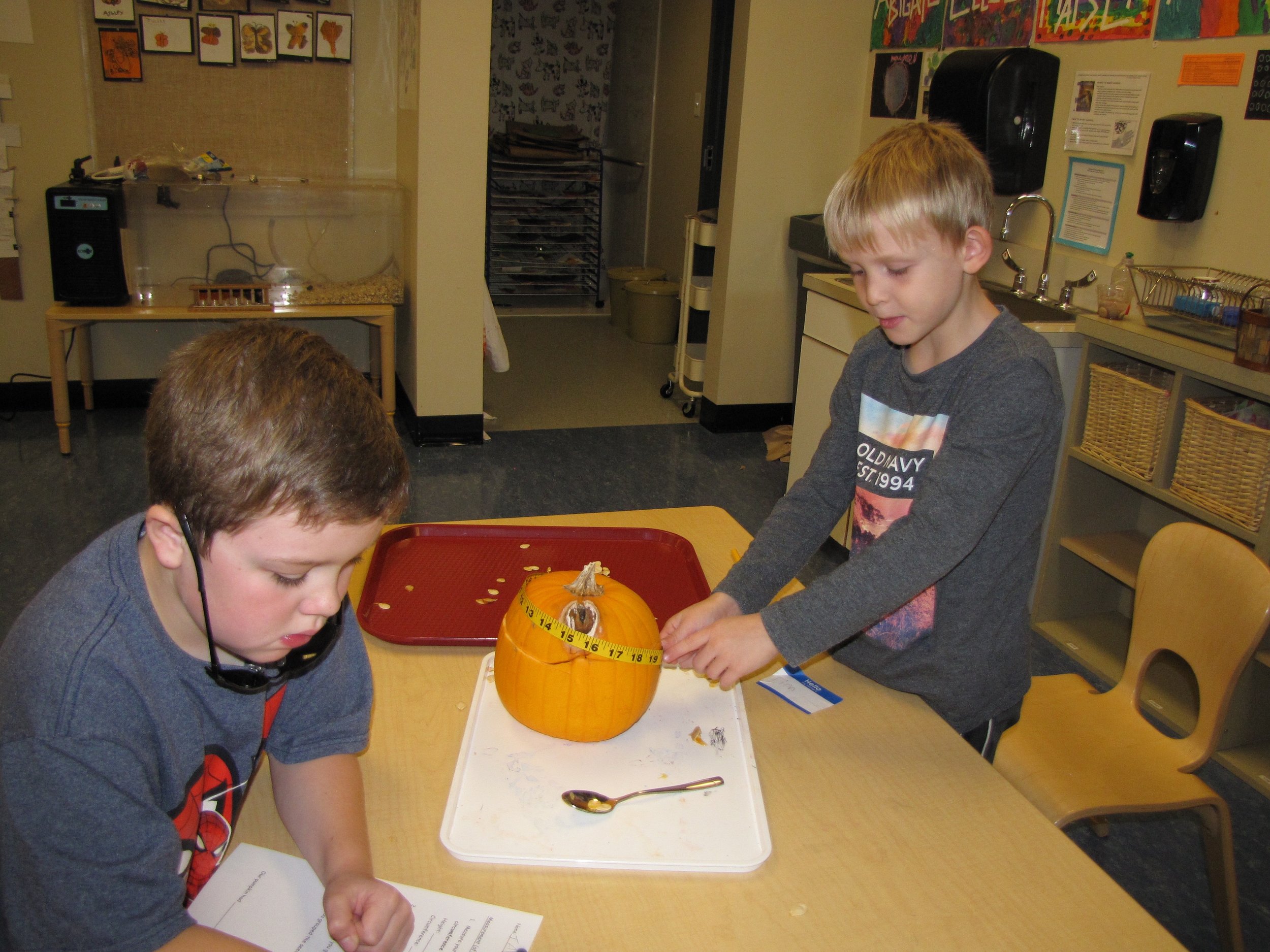





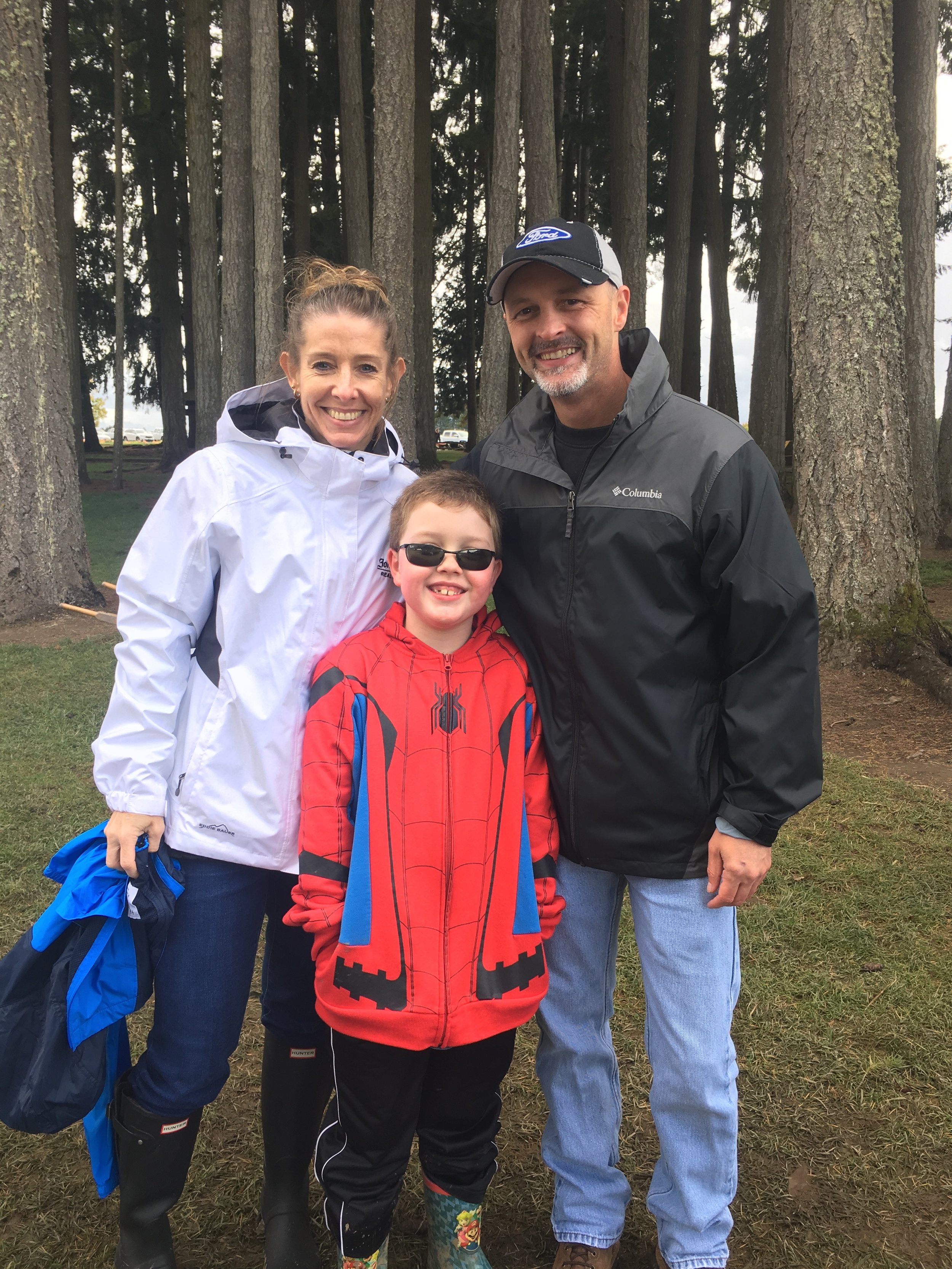

















![otters pumpkin[1].jpg](https://images.squarespace-cdn.com/content/v1/565f32cfe4b0298e19c69451/1509748110259-0O1NRPWR4IWE8QP73M8H/otters+pumpkin%5B1%5D.jpg)






